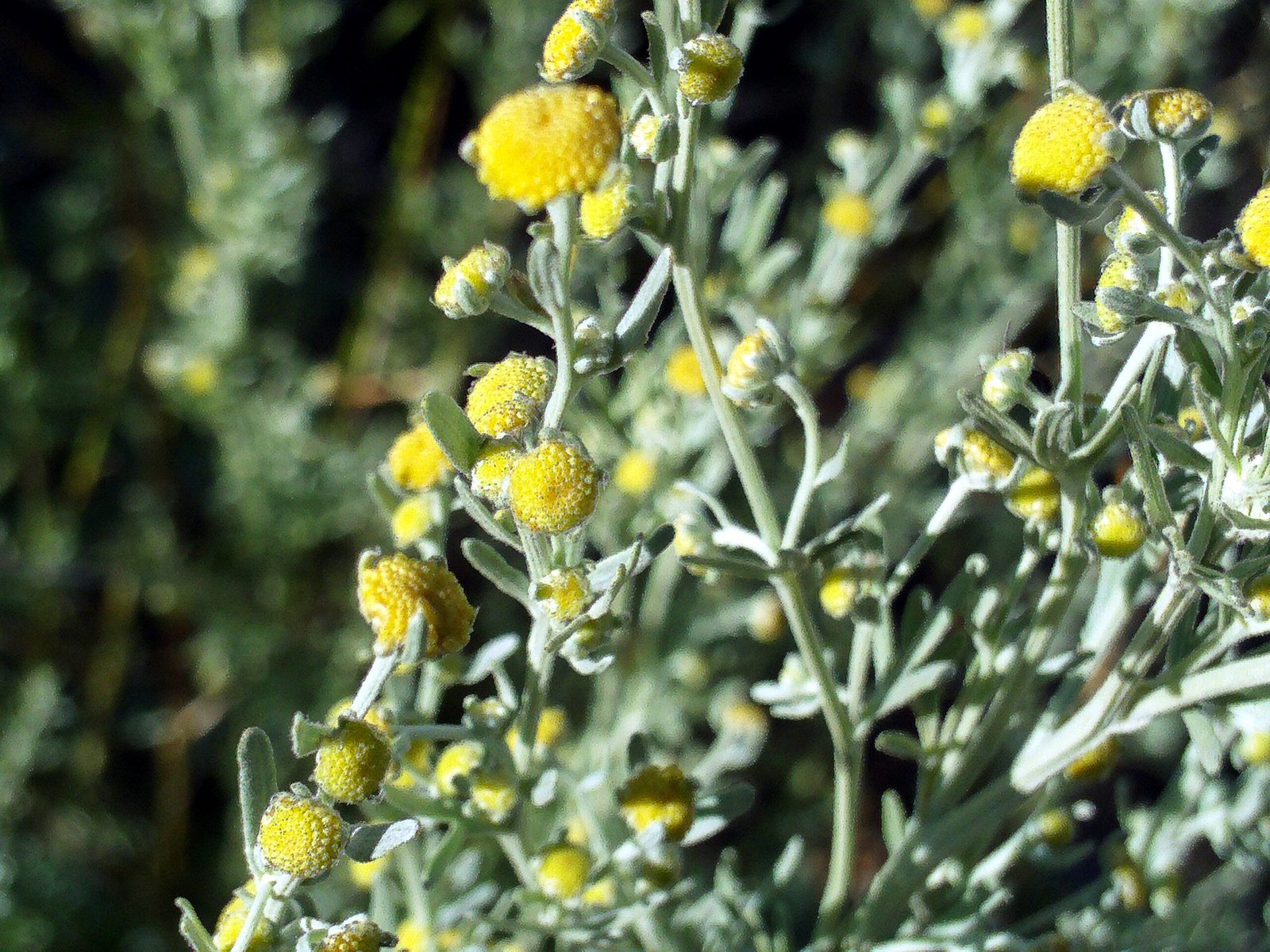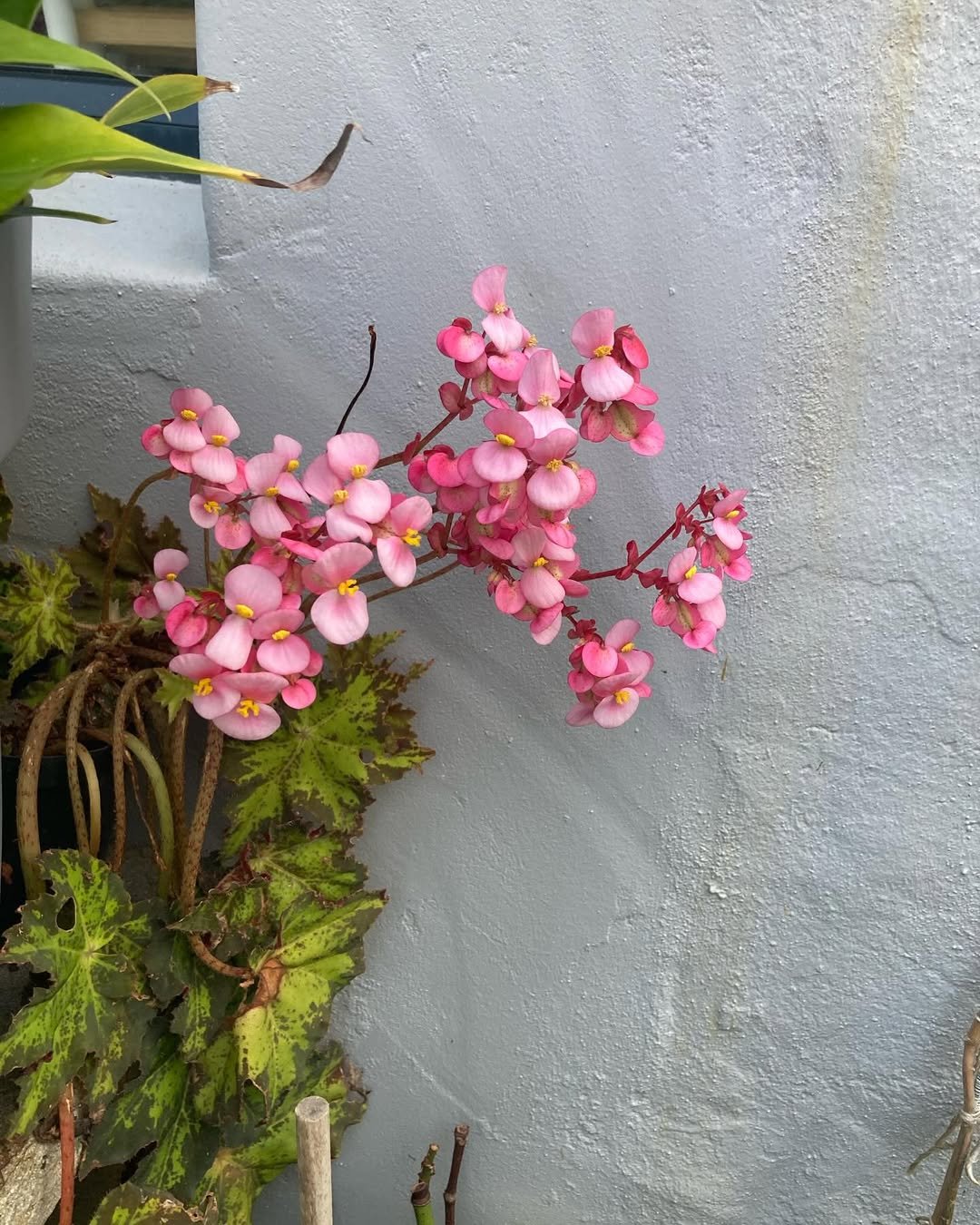Explore Artemisia enduring legacy as a healing herb across centuries. Uncover its medicinal secrets and cultural significance in this insightful guide.
Have you ever heard of Artemisia? This plant has been used for thousands of years and has quite a story to tell. Let’s dive into the world of Artemisia and discover why it’s been so important to people throughout history.
Here’s an information chart for Artemisia flowers, commonly known as Wormwood or Sagebrush:
| Aspect | Details |
|---|---|
| Botanical Name | Artemisia spp. |
| Common Name | Wormwood, Sagebrush, Mugwort |
| Plant Type | Perennial |
| Hardiness Zone | Zones 4-9 (varies by species) |
| Sun Exposure | Full sun |
| Soil Type | Well-drained, sandy or loamy |
| Watering | Low to moderate, drought-tolerant |
| Growth Habit | Upright, bushy, or spreading |
| Height/Spread | 1-5 feet tall, 1-3 feet wide (varies by species) |
| Special Features | Aromatic, silvery-gray foliage; small, inconspicuous yellow or greenish flowers; highly tolerant of poor soils and drought; used in culinary and medicinal applications |
What is Artemisia?

Artemisia is a group of plants that includes many types. You might know some of them by their common names like wormwood, mugwort, or sagebrush. These plants are known for their strong smell and silvery-green leaves.
A Brief History of Artemisia
Artemisia has been used by people for a very long time. In ancient times, people believed it had special powers:
- The Greeks named it after Artemis, the goddess of the moon and hunting.
- In China, it was used in traditional medicine for over 2,000 years.
- Native Americans used some types of Artemisia in their ceremonies and as medicine.
Artemisia in Medicine
One of the most exciting things about Artemisia is how it’s been used in medicine. Here are some interesting facts:
- Malaria Treatment: A compound from Artemisia annua is used to treat malaria, a serious disease spread by mosquitoes.
- Digestive Health: Some people use Artemisia to help with stomach problems.
- Parasites: It’s been used to get rid of certain types of worms in the body.
Remember, always talk to a doctor before using any herb for health reasons.
Growing Artemisia
If you’re interested in growing Artemisia, here are some tips:
- Sunlight: Most types like full sun.
- Soil: They prefer well-draining soil.
- Water: They don’t need much water once they’re established.
- USDA Hardiness Zones: Many types grow well in zones 4-9.
Artemisia in Your Garden
Artemisia isn’t just for medicine. It can look great in your garden too:
- Silver Gardens: Their silvery leaves can brighten up shady spots.
- Drought-Tolerant Landscaping: They don’t need much water, making them great for dry areas.
- Herb Gardens: Some types are used in cooking.
Fun Facts About Artemisia
- The strong smell of Artemisia can help keep pests away from other plants.
- Artemisia absinthium is used to make absinthe, a type of alcoholic drink.
- Some people use Artemisia in dream pillows to help with sleep and dreams.
Cautions and Considerations
While Artemisia has many uses, it’s important to be careful:
- Some types can spread quickly in the garden.
- Not all types are safe to eat or use as medicine.
- Pregnant women should avoid using Artemisia.
Artemisia in Modern Times
Today, scientists are still studying Artemisia:
- They’re looking at how it might help with other diseases.
- Some are using it to make natural pesticides.
- It’s being studied for possible use in cancer treatment.
Artemisia is more than just a plant. It’s a piece of history that’s still important today. From ancient ceremonies to modern medicine, this herb has played many roles. Whether you’re interested in growing it, learning about herbal medicine, or just enjoy plant history, Artemisia has something to offer.
Remember, nature often holds secrets that can help us in many ways. Artemisia is a great example of how a simple plant can have a big impact on human life and health through the ages.
For more gardening tips and plant care guides, visit usagardenhub.com.






